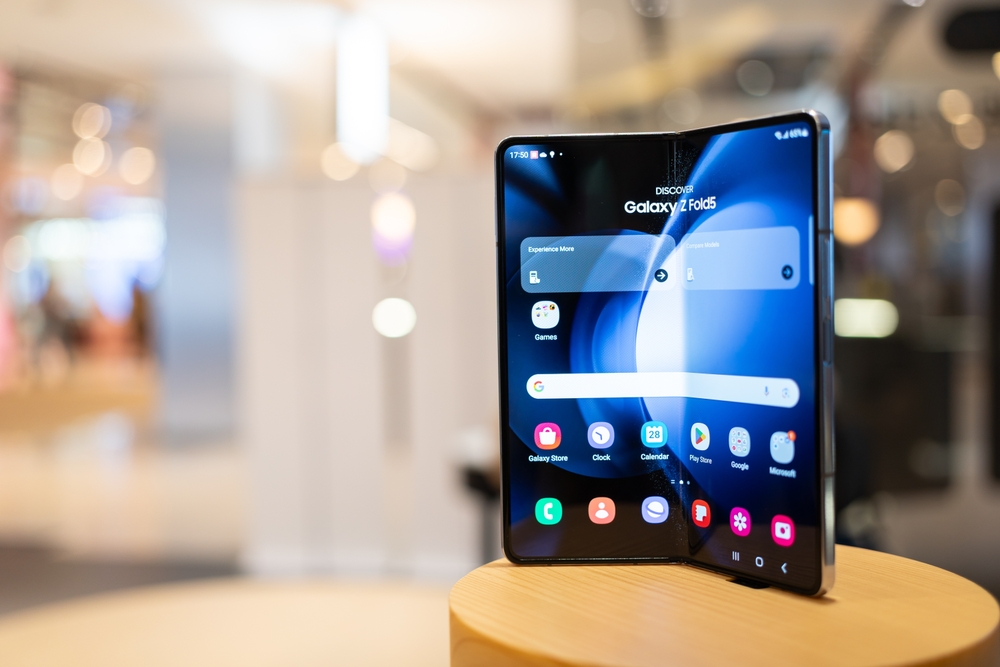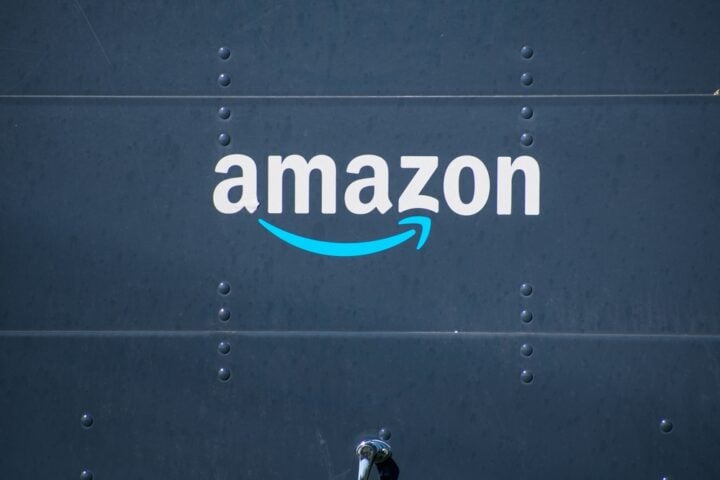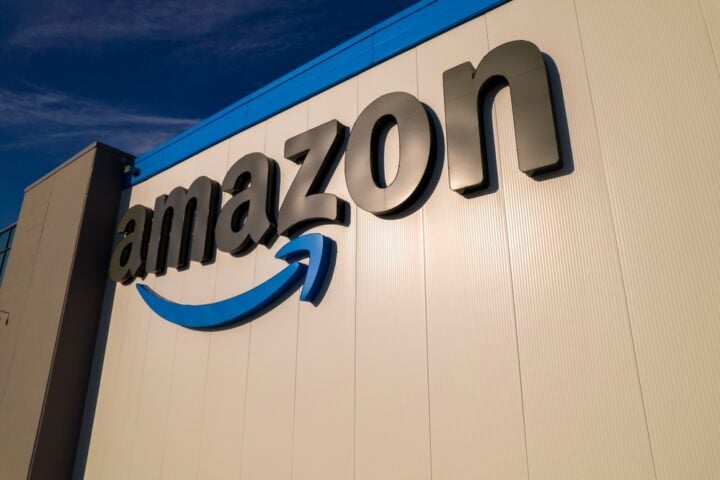The Samsung Galaxy Z Fold 6 isn’t just another smartphone—it’s a hybrid device built for those who want to maximize the functionality of having two screens in one. Three months after its release, the Z Fold 6 continues to impress, particularly with its tablet-sized internal display, making it a standout in the foldable phone market. Whether it’s snapping photos, streaming videos, or running multiple apps, the Z Fold 6 proves it’s more than just a novelty. But is it worth the eye-watering $1,900 price tag?
Foldable Design: Samsung’s Edge Over the Competition
One of the Galaxy Z Fold 6’s strongest selling points is how well Samsung has optimized its software for the foldable form factor. The ability to use the main screen in multiple positions sets it apart from competitors like the $1,799 Google Pixel 9 Pro Fold. While Google has made significant improvements with its foldable design, Samsung excels when it comes to app adaptability—especially in “Flex Mode,” where apps split to utilize both halves of the screen.
In my experience, the Z Fold 6’s ability to turn any app into a dual-screen experience gives it a distinct advantage. You can manage apps like Spotify or Discord with the bottom half of the screen acting as a touchpad while using the top half for content. On the other hand, the Pixel 9 Pro Fold struggles with app adaptation, often stretching content awkwardly across the screen. The difference in how apps behave makes the Z Fold 6 more functional for daily use.
AI Features and Software: Impressive, But Limited in Everyday Use
Samsung packed the Galaxy Z Fold 6 with several AI-driven features, including tools to turn selfies into artistic images, translate real-world conversations, and manipulate photos. While these features are fun to experiment with, I found their everyday usefulness somewhat limited. The novelty of features like Portrait Studio, which transforms selfies into art, wears off quickly.
However, tools like “Circle to Search,” which lets you search for any object on your phone by simply circling it, feel more practical. Despite this, I’m looking forward to seeing how Samsung evolves its AI to deliver more essential tools that help streamline tasks, rather than features that feel like niche gimmicks.
A positive note: Samsung allows users to turn off cloud processing for its AI features, providing peace of mind for those concerned about privacy. While this limits some functionality—such as image generation or search features—the option to disable it is a welcome feature for privacy-conscious users.
Entertainment and Battery Life: Built for Streaming, but with Room for Improvement
When it comes to entertainment, the Galaxy Z Fold 6 doesn’t disappoint. Its 7.6-inch display is bright and sharp, making it ideal for streaming. In CNET’s video-streaming test, where YouTube videos played for three hours at full brightness, the Z Fold 6’s battery dropped to 82%, outperforming Google’s Pixel 9 Pro Fold, which fell to 76%.
While traditional phones like the Galaxy S24 Ultra fared slightly better (dropping only to 89%), the Z Fold 6’s performance is impressive given the additional power requirements of its foldable design. Whether you’re watching movies, gaming, or multitasking, the phone delivers a smooth experience without dramatic battery drain.
Design: Practicality vs. Innovation
When it comes to the physical design, Samsung and Google have taken different approaches. Samsung refined the Z Fold 6 with a more symmetrical cover screen and lighter build compared to previous models. While the phone’s slimmer exterior makes it easier to handle, the skinnier cover screen may not appeal to everyone, especially those who prefer a more traditional smartphone experience when the device is closed.
By contrast, Google’s Pixel 9 Pro Fold offers a wider cover screen, making it feel more like a regular phone when closed. It also lies flatter when unfolded, giving it a sleeker appearance. However, the Z Fold 6’s hinge is more functional, allowing users to prop it up like a mini-laptop for easier multitasking—something that really sets it apart from the competition.
Camera: Impressive, but Pixel Still Holds an Edge
The Galaxy Z Fold 6 boasts a 50-megapixel main camera, a 12-megapixel ultrawide lens, and a 10-megapixel telephoto camera. While it performs well in most scenarios, especially in capturing vibrant, clear photos, it sometimes falls short when compared to the Pixel 9 Pro Fold’s camera system.
The Pixel 9 Pro Fold, with its 48-megapixel main camera and enhanced zoom capabilities, takes the edge when shooting detailed, zoomed-in shots. For example, when zooming to 20x, the Pixel captures more defined images with less noise. Samsung’s Z Fold 6 camera is still a solid performer, but in terms of fine details and color reproduction, Google’s phone slightly edges it out.
Is the Galaxy Z Fold 6 Worth It?
The Samsung Galaxy Z Fold 6 offers a fantastic foldable experience with a sharp display, optimized apps, and functional design tweaks that make it more practical than previous models. But with a hefty price tag of $1,900, it’s not for everyone. If you’re someone who can take advantage of the folding design—whether for multitasking, entertainment, or productivity—it’s worth considering. However, if you’re primarily looking for a regular phone with great performance, there are more affordable options that may fit your needs just as well.
A Top Foldable with Room for Growth
Samsung continues to lead the foldable market with the Galaxy Z Fold 6, offering innovations that improve the user experience. Despite a few drawbacks, such as a skinnier cover screen and a camera that falls just shy of Google’s, the Z Fold 6 remains one of the best foldable phones you can buy. With AI features likely to evolve and further optimizations on the horizon, it’s a solid investment for those who want a cutting-edge device that goes beyond the typical smartphone.







